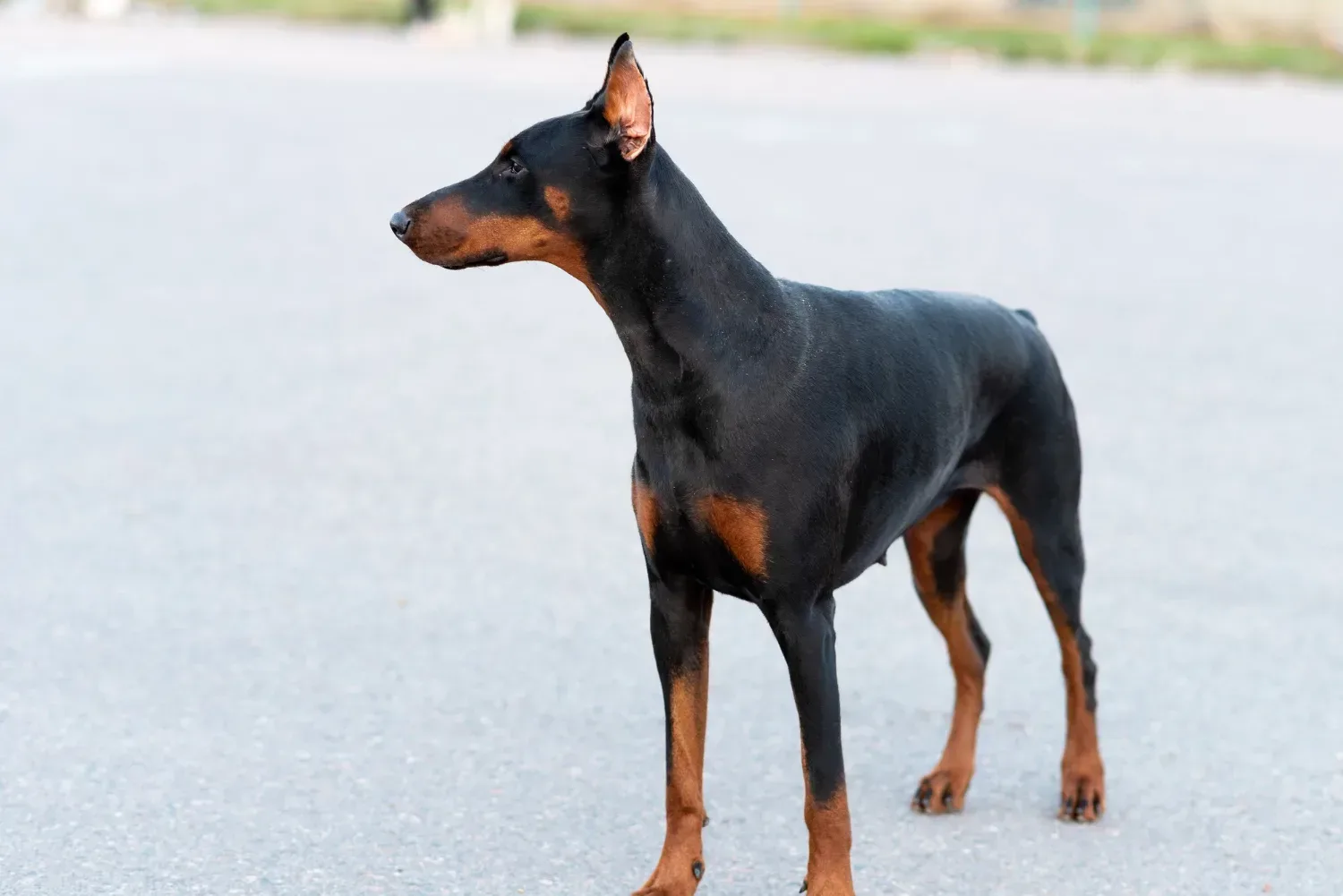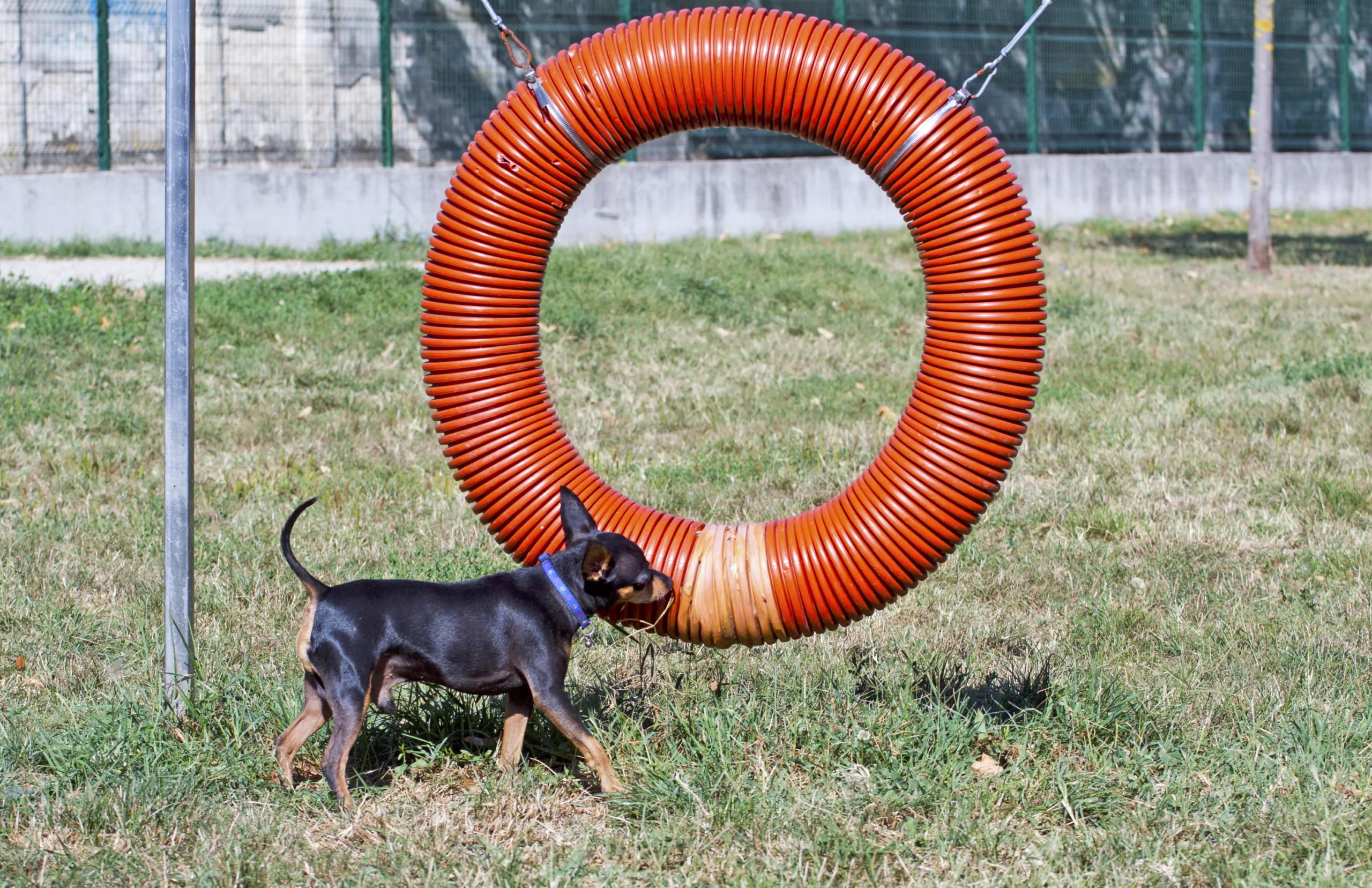
Colours of doberman pinscher
Listed below are the different colours of Doberman pinscher. The most common are the black and rust colors. The rarest are the Isabella and white. Although they don’t have health problems, they are less common. Blue-ish gray, also known as Isabella, is also a type of black. Read on to learn more about each colour and its relative rarity. There is also a dilution of the black color called blue-ish gray.
Black and rust is the most common color
While the black and rust Doberman is the standard color for the breed, the red and rust variety is not as prevalent. Red and rust Dobermans have less of a territorial streak than the black and rust variety. Owners of this variety report that red and rust Dobermans have a less territorial personality. Red and rust Dobermans are prone to skin conditions, but they’re relatively minor and easy to treat.
Black and rust Dobermans are the most common color. This coat type is typically the least prone to heat, but it may have health issues. This type of Doberman also needs to be protected from harsh sunlight. They tend to do poorly in hot weather, so they aren’t the best choice for people living in hot climates. And black and rust dogs are the most popular of the four color varieties.
A white Doberman pinscher is rare, but not unheard of. In 1976, the first white Doberman was bred. The dog’s black and rust parents were separated during mating, and the resulting male was crossed with a white female. Because of the lack of white Dobermans, breeding the dog to produce a pure-white dog would be unethical. But white Dobermans are much sought after by dog owners.
European Dobermans have distinctive markings. These markings can be found over the chest, muzzle, throat, and eyes. Their legs and feet are also patterned. Their tails are usually docked, and stubbed. In Europe, the black and rust Dobermans are more commonly found than the red and rust variety. Despite their color, they are still not the “perfect” Doberman.
The lack coat variety is the most common in Dobermans. It is characterized by rust-colored markings. All-black Dobermans are rare and are not considered true Dobermans, because they do not meet AKC breed standards. Some black dogs have undergone inbreeding and can pass as black-coated Doberman pinschers.
Isabella is the rarest color
The Isabella Doberman Pinscher is pale brown with reddish markings over the muzzle, throat, chest, and tail. This color is rarer than the other three colors and has the same coat type as its Weimaraner ancestors. Although the Doberman has been around for over a thousand years, Isabella is the most recent addition to the breed.
The Doberman Pinscher is an intelligent, loyal, active, and affectionate dog. The Isabella color is one of the rarest shades and is referred to as fawn Isabella by breeders. The general temperament of a Fawn Doberman will be the same as any other Doberman. However, fawn Dobermans are rare and often difficult to find.
The Doberman Pinscher’s coat is extremely hard and shiny, and its color is unique. Despite its thick, silky coat, Dobies have blue eyes for most of their life. Some breeders even give their dogs funny names for their colors. Some people refer to the reddish brown tone as “chocolate” to describe it. Other breeders use terms like bronze and chocolate to describe the color. Black and rust, the most common type of Dobie color in the USA and Europe, is the third most sought-after color.
The Fawn color is a dilute form of red Dobermans. They are light red, also known as Isabella and cinnamon. Because they are so rare, fawn Dobermans are not as popular as their rust or black counterparts. However, if you are patient enough, you can find a Fawn Doberman. Just be aware that fawn Dobermans are not as common as other colors and some breeders may even go out of their way to produce them.
There are 4 official colors of doberman pinscher. The most common are red, blue, and black. The red and blue colors were accepted as standard coat colors until 1969, but they were not widely accepted by the DV. Eventually, blue and red were made DQs, and the DPCA recognized the red color as a distinct and unique shade. The DV also has a written standard that states that fawn is “unacceptable.”
White and albino are not as likely to have health problems
The health issues associated with the doberman pinscher are the same in both sexes. Both dobermans are prone to skin cancer. The most common type is malignant melanoma, which can be deadly if not treated quickly. Other common health issues in doberman pinschers include hip dysplasia, which causes the thighbone to not fit properly in the hip joint. This can lead to pain and require surgical correction. Some other health problems are related to the heart, including congestive heart failure, dilated cardiomyopathy, and pulmonary embolism.
There are a few differences between albino and white Dobermans. Albino Dobermans are considered to be tyrosinase positive Albinoids, but are not full albinos. Albino Dobermans are more susceptible to eye infections than white dogs. While both doberman pinschers are similar in appearance, albino Doberman pinschers do not have the same risk factors for health issues.
As with any dog breed, a good diet is essential for the health of your Doberman. Doberman pinschers are not as susceptible to eye problems as albino ones. However, they do require special care to prevent scurvy or cataracts. The first step to good health is finding a good breeder and choosing a dog carefully. It is best to find a breeder with a track record of breeding Dobermans.
While albinism is a recessive gene, the underlying cause is not completely understood. While the underlying cause for albinism is still unknown, white and albino Doberman pinschers have less skin pigmentation than albinos. As a result, albino Doberman pinschers have an increased risk of eye problems and genetic defects.
Although white and albino Doberman pinschers are the most susceptible to skin conditions, their genetic makeup is the most important factor in determining their health. While white doberman pinschers may look more attractive, they are not immune to bloat. The American Kennel Club and the Doberman Pinscher Club of America do not recognize albino Doberman pinschers, and the American Veterinary Medical Association strongly opposes cosmetic surgery on these dogs.
Blue-ish gray is a dilution of the black color
Fawn Dobermans, also known as cinnamon or Isabella, are variations of the black color. Fawn Dobermans are generally lighter than other black-colored Dobermans, and their coats may contain silver, charcoal gray, or even purple shades. Fawn Dobermans are sometimes discouraged from breeding, and are disqualified in some dog shows because of their color, but they are not inferior to black or red Dobermans.
Doberman pinschers can come in four different colors, depending on the bloodlines of both parents. These three colors are derived from the two genes that make up the base coat color. These two genes combine to produce different colors, and the American Kennel Club recognizes four official pinscher colors. This article will discuss four of these colors in greater detail.
Fawn and albinos are the most common colors of Doberman pinscher puppies. The black color was chosen for practical reasons. They are hard-working and adaptable. Their litters are usually healthy. The black color is rare. Albinos and fawns are more expensive than the white ones. These dogs do not need special attention and care.
In addition to blue-ish gray, the Doberman can also be slate gray. This dilution of black is caused by a mutation in the melanophilin gene, which is found in many different breeds. This color is also referred to as “born blue.” The Blue Doberman has a slate gray upper torso, tan underside, and is considered to be a dilution of the black color.
If you’re looking for a purebred Doberman Pinscher, then you should take a look at the Desert Harbor Doberman Rescue of Arizona. They take in many dogs that are abandoned or rescued. They are not a hybrid, but a purebred Doberman with pure black color will be a blue-gray.
The color is sometimes associated with alopecia. In a few breeds, born-blue dogs are more susceptible to skin problems and hair loss. This can lead to the color becoming blue. Some breeds have this problem more than others, and the specific cause will depend on the particular dog. While some breeds have fewer problems with born-blue dogs, it is also common among other blue-colored breeds.


